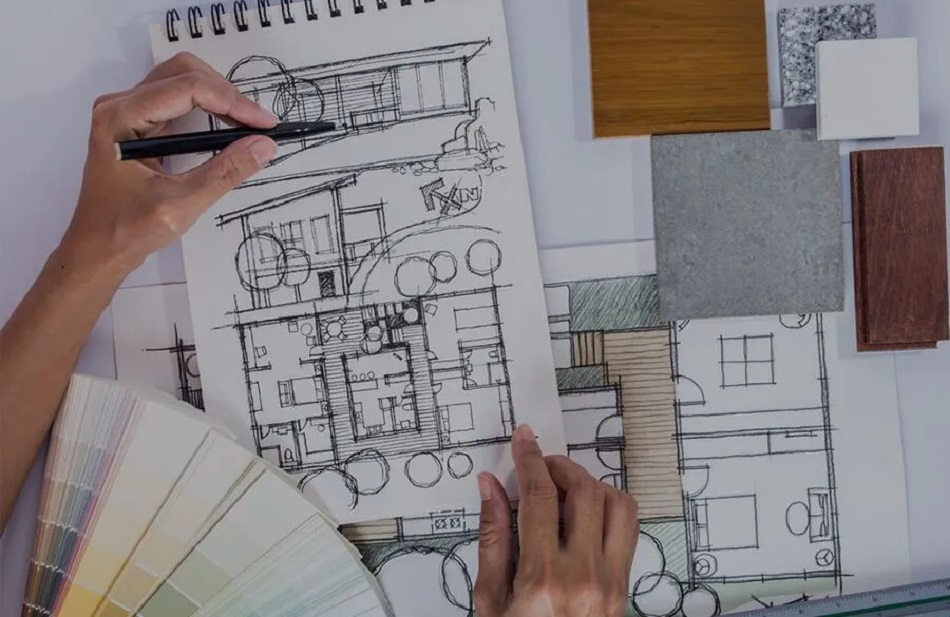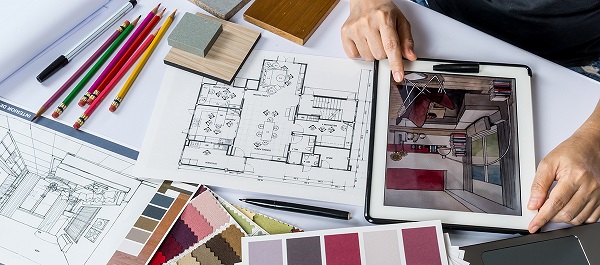Pursuing a degree in interior design can be an exciting and fulfilling choice if you have a passion for aesthetics, creativity, and transforming spaces. As you embark on your educational journey, it’s important to understand the curriculum of an interior design degree program. This blog post will delve into the various subheadings that typically make up an interior design curriculum at the best colleges for interior design, providing you with a comprehensive overview of what to expect.
Introduction to Interior Design:
The first step in any interior design degree program is to establish a solid foundation in the field. This introductory course familiarizes students with the history, principles, and fundamental interior design concepts. You will explore various design styles, gain an understanding of color theory, and learn how to analyze and interpret spaces.
Design Elements and Principles:
Building upon the introductory course, this module focuses on the key elements and principles that drive effective interior design. Students delve into topics such as space planning, furniture arrangement, lighting design, texture, proportion, and scale. Emphasis is placed on developing a keen eye for detail and understanding how these elements interact to create cohesive and visually pleasing spaces.
Materials and Finishes:
In this module, students explore the vast array of materials and finishes used in interior design. From flooring options to wall coverings, textiles, and cabinetry, you will learn about different materials’ characteristics, applications, and selection processes. This includes understanding their durability, sustainability, aesthetic properties, and impact on cost and maintenance.
Architectural Drafting and CAD:
Interior designers must be proficient in reading and creating technical drawings. This module focuses on developing skills in architectural drafting, including floor plans, elevations, and sections. Additionally, students at any interior design university learn to use computer-aided design (CAD) software to translate their designs into digital formats, enhancing their ability to communicate ideas and collaborate with architects and other professionals.
Color Theory and Application:
Color plays a vital role in interior design, evoking emotions and setting the tone for a space. In this module, students explore color theory, learning about color harmonies, psychology, and the impact of lighting on color perception. Practical exercises allow students to experiment with color schemes, develop their understanding of color psychology, and apply this knowledge to create visually appealing interiors.
Furniture Design and Space Planning:
This module delves into the art of furniture design and space planning. Students learn about ergonomics, human-centered design, and how to optimize space utilization while ensuring functionality and comfort. From conceptualizing furniture layouts to creating 3D models, this module hones students’ skills in creating innovative and purposeful interior spaces.
Environmental Sustainability:
As sustainability becomes increasingly important, interior designers must be conscious of their environmental impact. This module explores sustainable design practices, including the use of eco-friendly materials, energy-efficient systems, and strategies for reducing waste. Students learn to integrate sustainable principles into their design process, creating environmentally responsible and healthy interiors.
Professional Practices and Project Management:
To thrive as an interior designer, it’s crucial to understand the business side of the profession. This module covers essential topics such as project management, budgeting, client relations, and ethics. Students gain insight into the industry, learning how to create proposals, develop contracts, and navigate the various stages of a design project.
Specializations and Electives:
Many interior design degree programs offer opportunities for students to specialize in specific areas of interest. Specializations can include residential, commercial, hospitality, or sustainable design. Elective courses further enhance students’ knowledge and skills, allowing them to explore topics such as lighting design, exhibition design, or digital visualization.
Internships and Professional Experience:
Internships or practical experience are often incorporated into interior design programs at interior design universities in UAE to bridge the gap between academia and the professional world. These opportunities provide students with hands-on experience in real design firms or other relevant settings, allowing them to apply their skills, build a portfolio, and establish valuable connections within the industry.
The curriculum of an interior design degree program encompasses a wide range of subjects designed to equip students with the knowledge, skills, and practical experience needed for a successful career in the field. By understanding the subheadings and topics typically covered in such programs, you can make informed decisions about your education and confidently embark on your journey to becoming an interior designer.
Ajman University’s Department of Interior Design
Ajman University’s Bachelor of Interior Design (BID) program has been running since 1999, offering a comprehensive four-year curriculum. The inaugural batch of students successfully completed their studies in 2003, coinciding with the program’s first accreditation. Subsequently, the second group of BID students graduated in 2008, following the program’s re-accreditation in 2007. Throughout the years, the Interior Design (ID) department has made slight adjustments in response to feedback from the Commission for Academic Accreditation (CAA). The most recent re-accreditation occurred in April 2013 and was implemented in September of the same year, incorporating all necessary requirements and improvements.
The BID program is specifically designed to cultivate and refine students’ artistic abilities while providing them with a solid foundation in scientific and engineering knowledge. Upon completion of the program, graduates are equipped with the necessary skills to conceptualize, oversee, and execute diverse interior design projects.


